Fortinet Acquires Next DLP Strengthens its Top-Tier Unified SASE Solution
Read the release
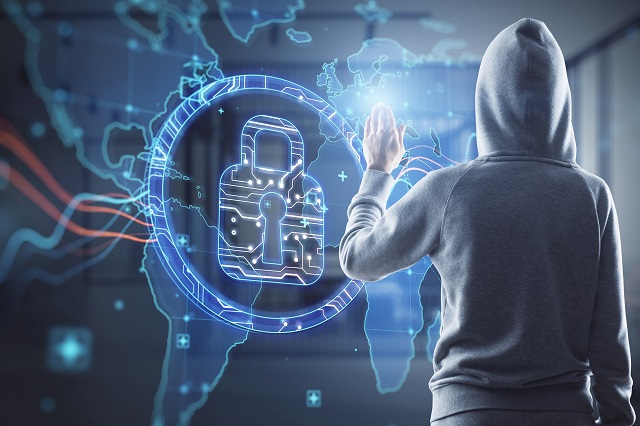
cSoftware-as-a-service (SaaS) solutions have been gaining popularity with businesses of all sizes. Companies can quickly and efficiently implement new functionalities using SaaS offerings from cloud providers, while SaaS applications offer a streamlined method of taking advantage of cutting-edge technology without large capital expenditures.
SaaS solutions operate under a shared responsibility model. The cloud vendor handles the majority of management responsibilities when a company adopts a SaaS solution. The cloud service provider (CSP) ensures sufficient resources are available to maintain the application’s availability and system performance to ensure business continuity while also handling network security and addressing any hardware issues.
Customers are responsible for protecting the user data stored and generated by the SaaS solution, and depending on how they use the software, there can be large volumes of valuable and personal data stored in the cloud environment. In this post, we'll review the challenges of securing data in these types of applications and discuss SaaS data protection best practices.
In this article:
 |
Challenges in SaaS data security include misconfiguration, poor monitoring, limited cloud usage visibility, account hacking, and shortcomings in cloud security architecture, leading to data loss.
Organizations often rely on SaaS providers for data protection, assuming that the vendors are responsible for protecting customer data. In fact, one survey found that one-third of IT professionals do not take any measures to protect their SaaS-resident application data, believing it is the vendor's responsibility. This misconception highlights the need for better education and awareness regarding SaaS data protection.
Additionally, organizations must consider and classify their applications to identify gaps in recovery service level agreements (SLAs) and prioritize efforts to improve SaaS data protection capabilities and maintain a strong SaaS security posture.
Consider implementing the following security measures and best practices for SaaS data protection in any such applications your organization uses.
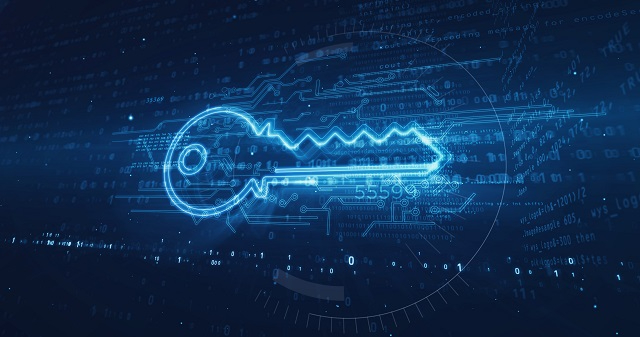 |
All user data stored in the cloud should be encrypted using industry-standard encryption methods. With end-to-end encryption, the data becomes useless to anyone who cannot decrypt it, making it less attractive to threat actors.
Accidental data breaches using encrypted data are substantially less damaging than a breach involving plain-text information.
It’s important to encrypt data when at rest and in transit. Many SaaS applications provide customers with data encryption options, and organizations should investigate the available choices—and add third-party encryption solutions if necessary—to achieve the level of protection they desire.
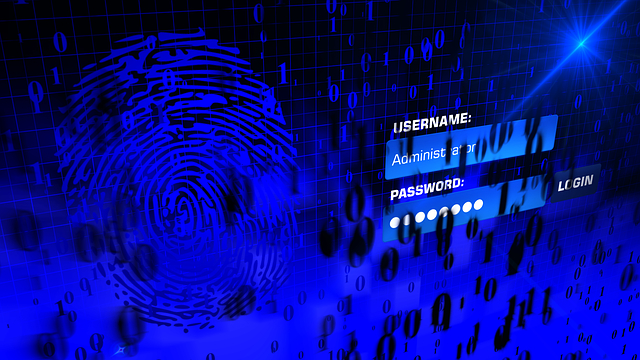 |
Compromised passwords offer threat actors a simple method of maliciously accessing the valuable data in a company’s SaaS solution. Every user who interacts with the SaaS application should be required to follow a company-defined strong password policy.
The policy should include several protective measures including:
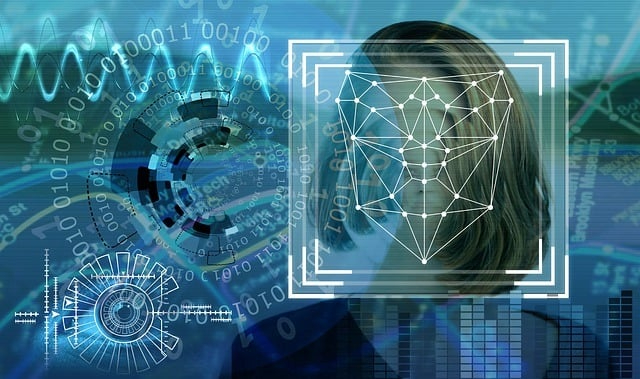 |
Multifactor authentication (MFA) requires users to be authenticated using multiple methods before gaining access to the SaaS application and its data. Implementing multifactor authentication strengthens defenses against accidentally or deliberately compromised credentials.
With MFA, a user ID and password do not provide sufficient authorization for an individual to access the SaaS platform.
Examples of MFA include receiving a PIN on a mobile device or requiring a user to connect a physical security key to gain access. MFA minimizes the risk of stolen credentials being used to gain unauthorized access to the SaaS application.
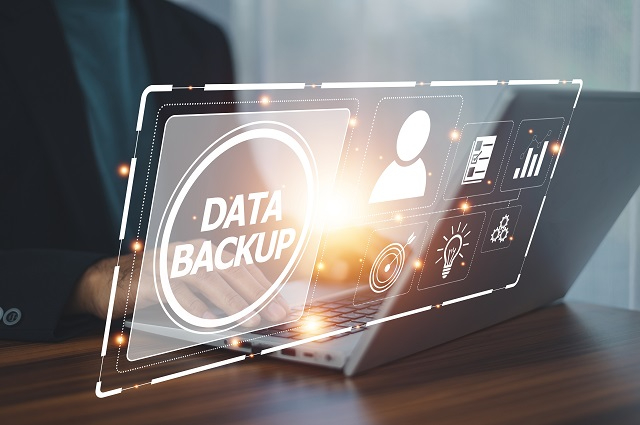 |
Backups are an essential part of any data protection strategy whether the data is stored on-premises or in the cloud. Organizations should ensure that user data from SaaS applications is backed up to protect it from accidental or deliberate deletion by insiders or external threat actors.
User data stored in a cloud infrastructure for an SaaS solution can typically be easily backed up using multiple methods. For example, the cloud provider may have in-house backup options available that include the ability to store backups in multiple geographical regions for enhanced resiliency.
Customers should look into third-party backup and recovery solutions if necessary to ensure data is effectively protected.
 |
Everyone in the organization who uses the SaaS application needs to understand the risk of accidentally exposing cloud data through human error or carelessness. They need to be aware of phishing and other types of attacks that rely on social engineering techniques, and credentials should never be shared based on an email or text message.
Compromised credentials can be leveraged by threat actors to cause substantial damage to an organization’s cloud infrastructure. In addition to potentially stealing valuable data from a SaaS application, cybercriminals may be able to introduce malware into the environment or carry out ransomware attacks.
Lastly, remote workers will also need to be very careful when accessing the SaaS application over public networks to ensure data privacy.
The addition of a SaaS data loss prevention (DLP) solution enhances security by enforcing a company’s data handling policy as it pertains to the SaaS application. A DLP platform eliminates the risk of data resources being either accidentally or deliberately misused.
The Reveal platform by Next is a modern, cloud-native DLP solution that promotes speedy deployment and integrates seamlessly with existing security and business processes. It protects your SaaS user data as well as all your other information resources.
The platform employs endpoint agents powered by machine learning that identify, categorize, and protect data as it enters the environment.
Contact Next and book a demo today see how Reveal can protect your SaaS user data.
What constitutes a strong password policy?
According to the U.S. Cybersecurity and Infrastructure Security Agency (CISA), a strong password should exhibit the following three qualities, and all passwords should adhere to these guidelines:
With multi-factor authentication (MFA) in place, authorized users need to be authenticated by multiple methods before gaining access to the SaaS application. This reduces the chance that inadvertently compromised credentials can be used to access user data.
Threat actors would therefore also need to compromise the additional authentication methods; for example, by stealing a user’s mobile phone to receive the authenticating PIN.
Data loss prevention software protects SaaS user data by making it impossible for data resources to be misused. Any deliberate or accidental attempts to access unauthorized data resources or use sensitive information in unapproved ways are automatically prohibited by the DLP platform.
In some cases, such as the Reveal platform by Next, the DLP tool will take proactive measures, such as encrypting data before it is sent via email.

Blog

Blog

Blog

Blog

Resources

Resources

Resources

Resources
